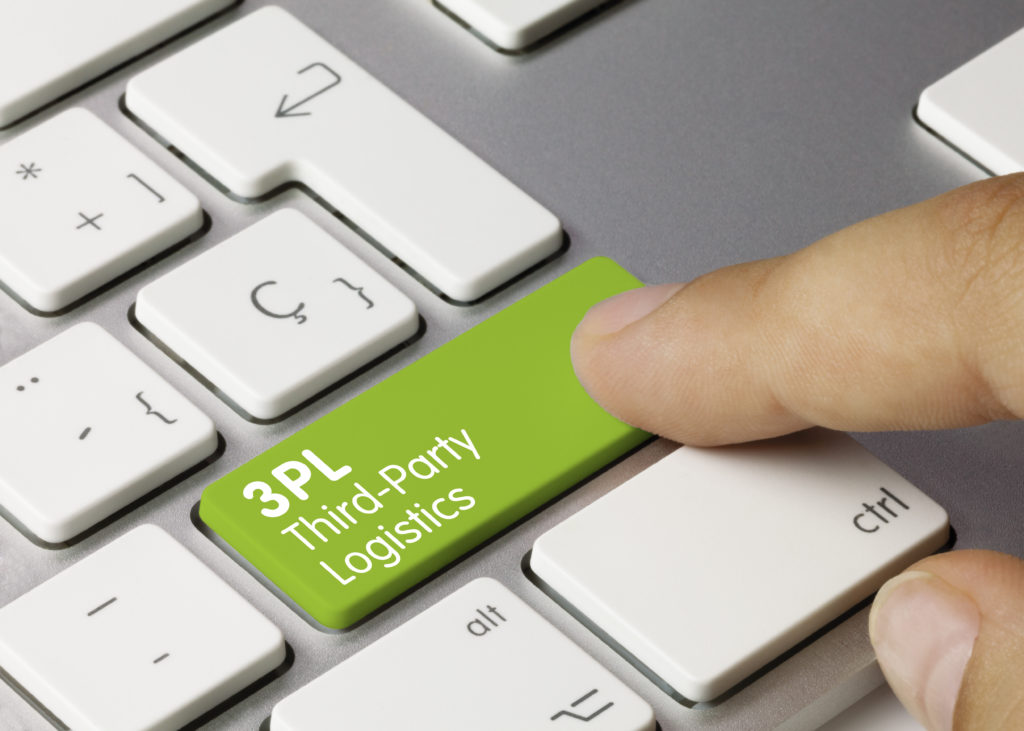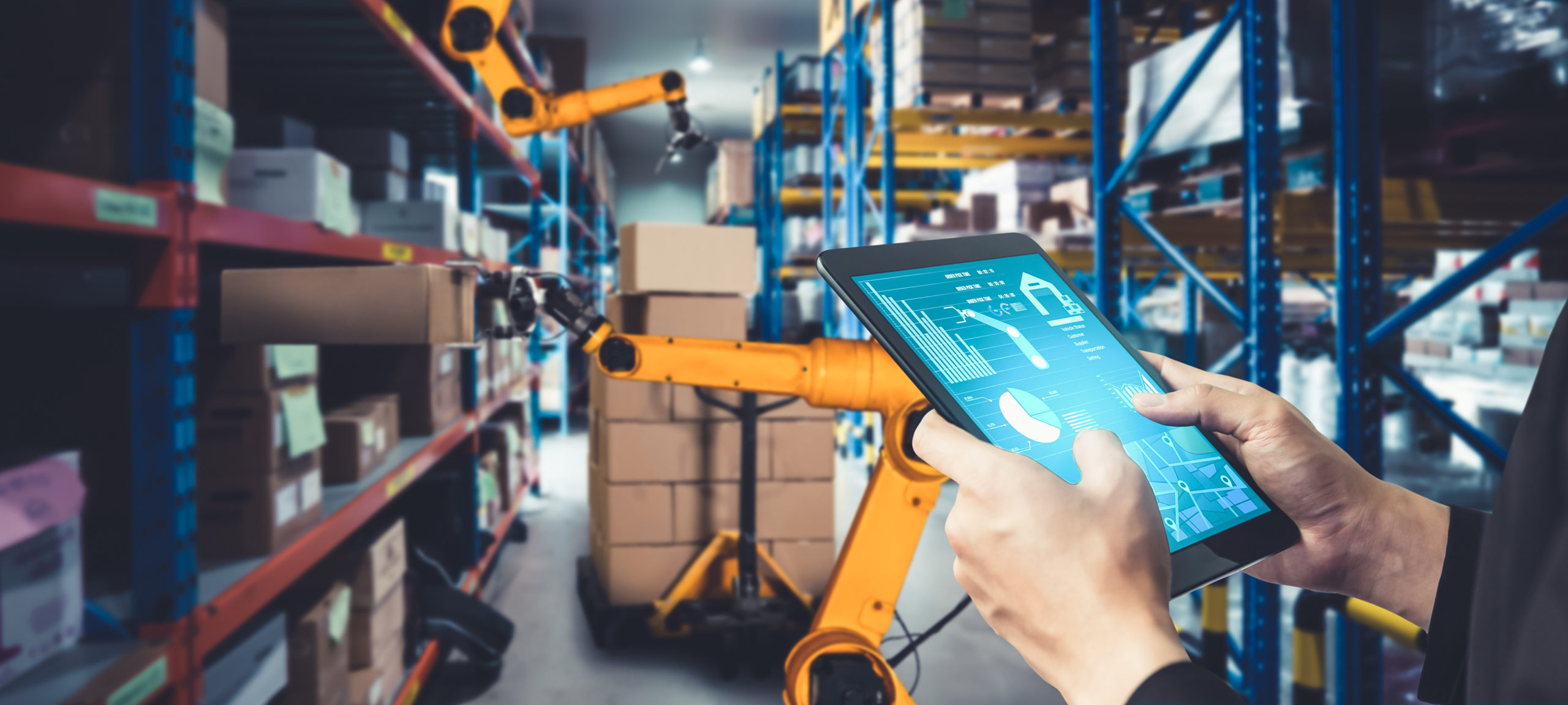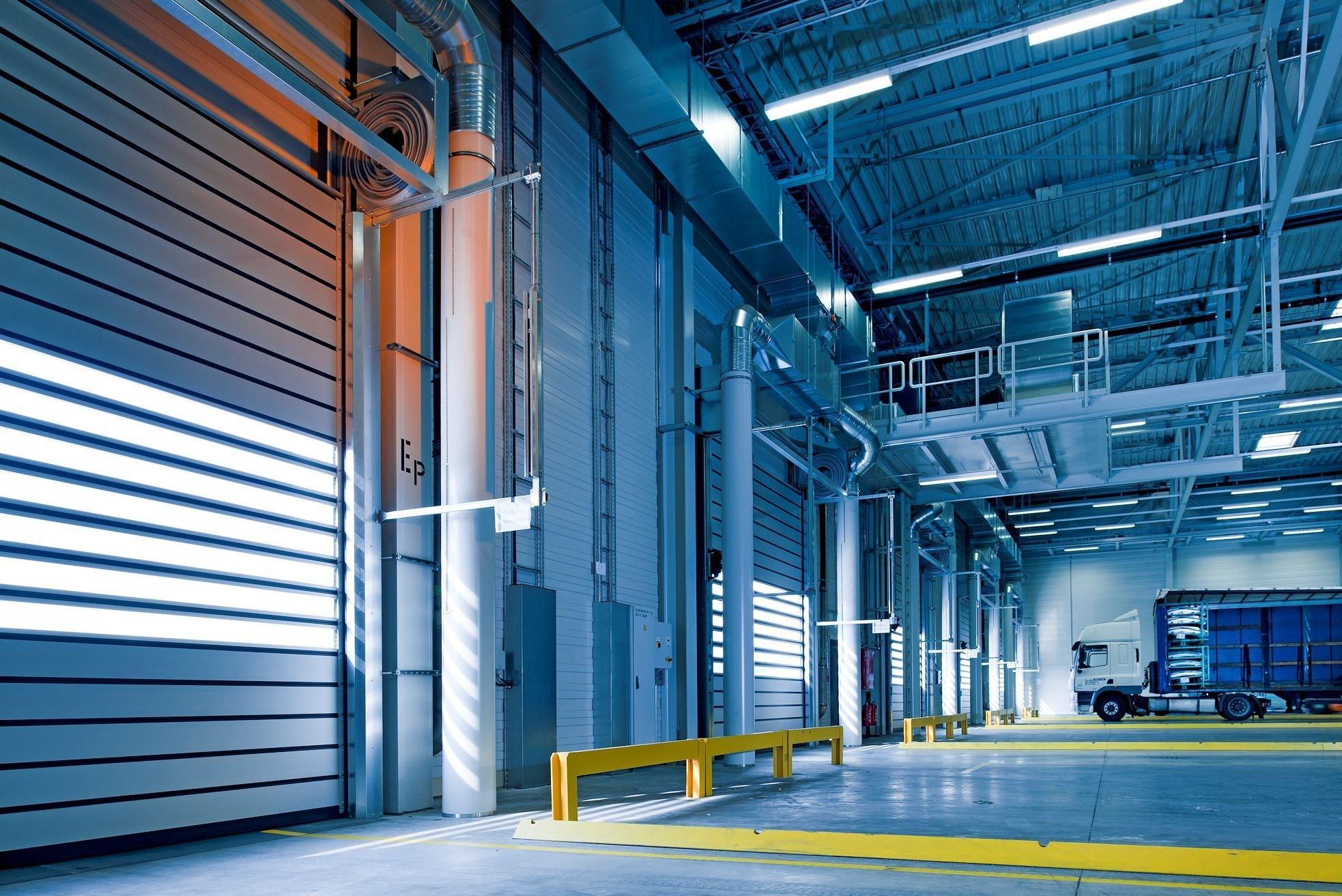Third-party logistics, or 3PL, providers serve multiple business clients, each with their own specific requirements, needs, and processes. A 3PL’s daily warehouse operations are fast-paced and can be quite overwhelming without the proper tools. This is where a 3PL warehouse management solution can be a lifesaver.
Third-party logistics depend on efficient and effective warehouse management systems (WMS) in order to run the complex processes of warehouse operations, ensure excellent customer service, and provide data transparency to clients while keeping costs low.
That said, with numerous WMS integrations software programs for 3PLs, finding the right one for your operations can be daunting. You should look for a company that provides you with a powerful solution to optimize warehouse processes and management to give your business a competitive edge.
This article enumerates key considerations when choosing the right warehouse management solution for your 3PL business.
1. Understanding Tier Classifications
A WMS is often classified into 3 tiers. In general, the standard costs will consist of implementation and startup in addition to the monthly operational cost. What kind of WMS you need will come down to your budget constraints and the required or desired features.
Tier 1
This type of WMS provides complete integration of the supply chain, fully automating warehouse operations and adding advanced features such as management of tasks and labor.
Tier 1 solutions offer sophisticated features and comprehensive functionality. These enterprise-grade solutions include the most advanced features and can allow multi-site or even global installations.
In addition, Tier 1 is the most expensive of the types but also has the broadest support and functionalities.
Tier 2
A Tier 2 WMS is suitable for 3PLs that have more complex processes that require more custom and advanced functionalities than Tier 3. A Tier 2 system enables greater automation, supports multi-warehouse businesses, and can integrate with several systems such as transportation management systems (TMS) and enterprise resource planning (ERP) systems.
Tier 2 is a favorite, thanks to the expanded functionality and better integration options than the Tier 3 system, but without the high cost of Tier 1 solutions.
Tier 3
The least expensive Tier 3 WMS offers basic features, making it the cheapest option you have. In general, it’s an ERP system equipped with WMS capabilities. However, there are also standalone, basic WMS programs.
A Tier 3 WMS covers the standard packed, ordered, received, and shipped functionality. Thanks to its low cost, tier 3 WMS is popular with third-party logistics looking to develop and implement a basic WMS with a minimal capital cost for their starting business.
2. Integrations With Other Platforms
Keeping your 3PL business afloat requires numerous software products. Thus, it’s essential that whatever warehouse management solutions you choose should be able to integrate with your entire tech stack. These include:
- Customer relationship management (CRM) system
- Point-of-sale (POS) systems
- Channel management applications
- Accounting platforms
- Backends for specific channels, such as eBay, Amazon, or Etsy
So, do you want to audit your current software stack? Then create a plan on how you will integrate these tech solutions with your WMS. Also, you want to ensure that whatever solution you choose has either application programming interface (API) or direct integration support for your mission-critical software.
3. Choose Cloud-Based Technology
As mentioned before, 3PL has a fast-paced working environment. And local software solutions can’t accommodate such an environment. So, choosing a cloud-based technology for your WMS is extremely important if you have multiple locations, remote workers, or you’re using mobile-based scanning devices.

4. Multiple Client Architecture
The right WMS offers the functionality to manage several facilities, whether they have multiple or dedicated tenants, while offering user authority and visibility at various levels.
As a 3PL provider, you need to provide warehouse space across various industries and clients. Thus, you need to look for a WMS solution that can support multiple industries within a single warehouse.
5. Advanced Reports And Billing
Any reliable WMS solution for 3PL should have unique billing rules and multiple invoice formats as well as the ability to simplify the reporting and billing process.
When choosing a WMS, you need to choose one that can calculate your billing for storage, warehouse activities, and other operational activities.
In general, it should be able to do the following:
- Track and bill based on storage for a client
- Bill customers based on a flexible contract
- Allow for manual entry of off-line activities
- Account for several warehouse activities
- Print invoices specific to a client
- Vary billing based on level of service
Take Away
As a 3PL, you need to deliver flexible, high-quality, and cost-effective solutions to your end customers, especially in the warehousing arena. By following the above tips, you can effectively choose the right WMS that can support your core 3PL business requirements and thereby ensure your company’s success.













